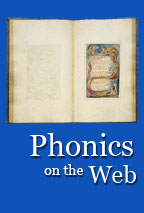Because there are more letter sounds than there are letters in the alphabet, dictinaries use diacritical marks to indicate which phoneme to give to a grapheme; that is, which sound to give to a letter unit. Although we do not typically use diacritical marks for consonant sounds, we do teach them for vowel sounds.
The most common diacritical marks are the long vowel mark ( ¯ ), called the macron; the short vowel mark ( ˘ ), called the breve, and the schwa mark ( ə ).
Long Vowel Mark
The long vowel mark placed over a vowel indicates that it will be pronounced just as it sounds when we recite the alphabet:
- ā as in ate
- ē as in evil
- ī as in ice
- ō as in open
- ū as in use or in flute
- ȳ as in cry
Short Vowel Mark
The short vowel mark placed over a vowel is as follows:
- ă as in apple
- ĕ as in elementary
- ĭ as in idiom
- ŏ as in on
- ŭ as in under
- (Note that no mark is given for short y; the short i sound is used instead.)
Schwa Mark
The schwa mark represents the indistinct vowel sound that is the unaccented or unstressed syllable of a multisyllabic word:
- ə as in ago
- ə as in happen
- ə as in legible
- ə as in common
- ə as in suggest
Looking for L-Serine powder? Try my other website, Sterling Supplements.




 Diacritical Marks
Diacritical Marks
